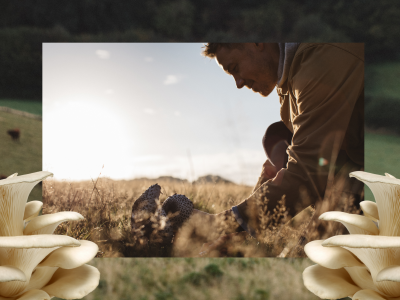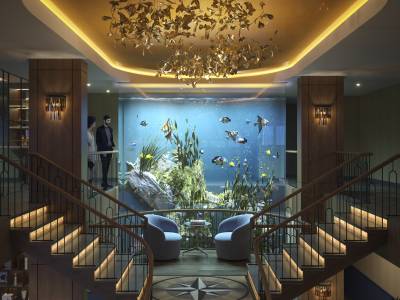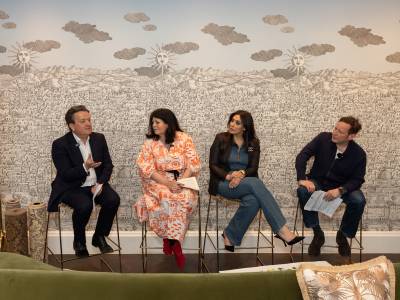Presented by Château La Coste
Bob Dylan famously declared that “the purpose of art is to stop time”. This week saw the most vivid articulation of this belief in the form of an iron work Rail Car, revealed for the first time at Château La Coste in Provence. This seven tonne sculpture both speaks of the classic themes of Dylan’s work - exploration, adventure, desolation, introspection - but also touches on the classical Americana of his paintings. Asked specifically about the work, the 80 year old Nobel prize winner was as cryptic as when he confounded interviewers aged 24 in Greenwich Village. "This rail car to me represents perception and reality at the same time." he explains. "In retrospect all the iron is recontextualised to represent peace, serenity, and stillness.’ Pressed further about the significance, Dylan revealed. "It represents the illusions of a journey rather than the contemplation of one."
In Dylan's extraordinary memoir Chronicles: Volume One he wrote of how such rail cars dominated his young life. "I'd seen and heard trains from my earliest childhood days and the sight and sound of them always made me feel secure. The big boxcars, the iron ore cars, freight cars, passenger trains, Pullman cars. There was no place you could go in my hometown without at least some part of the day having to stop at intersections and wait for the long trains to pass." This refurbished freight car was originally used to transport paper rolls for Willamette Industries in Oregon. Dylan started work on its transformation in 2019 in Los Angeles, before the work was disassembled, shipped to France, then recreated in Provence.
As well as Rail Car, Château La Coste will be hosting Dylan’s first painting exhibition in France, featuring 24 of Dylan’s paintings entitled Drawn Blank in Provence. Running until 15 August, the hitherto unseen canvases are based on drawings Dylan created on tours of Europe and America between 1989 and 1991 - a time where Dylan’s critical acclaim rallied following the release of the album Oh Mercy. Drawn Blank was also a huge critical success - the New York Times' writer Marisha Pessl said of his work “His brush strokes are like his voice: straightforward, rough, occasionally fragile, but always intent on illustrating the treads of human experience.” Dylan is in good company as his work will be showcased in the Richard Rogers' designed building alongside pieces by Claude Monet, Henri Matisse and Marc Chagall, who like him took inspiration from their surroundings - in this case, the south of France.
The exhibition will be accompanied by text from world-renowned art historian and director of the Hunter College Galleries Joachim Pissaro, who will connect these Twentieth Century masters. Pissarro is particularly impressed by seeing Rail Car in such an incredible setting. "When you come into contact with a work of art, and here it's much more than a work of art, it is also a work of architecture. It rhymes, it echoes, it’s in conversation with Richard Rogers and with nature. The sun filtering through the trees, the foliage of hundreds of secular trees and then that being filtered by Dylan himself. It’s transcendent. What you have around there is this kind of, I think, autobiographical diary of [Dylan's] childhood and how he raised was in this place. Probably looking very different from what we're looking at here today. The one commonality is nature, a rural space that encloses and envelopes us. Like everybody else I’m blown away. It's miraculous."
Exhibitions are open to the public daily from 12pm to 5pm. Drawn Blank in Provence will be on display in the Renzo Piano Pavilion, Château La Coste 9 May – 15August 2022, with a separate, focus display in the Richard Rogers Gallery, Château La Coste between 9May and 5 June 2022. www.chateau-la-coste.com







